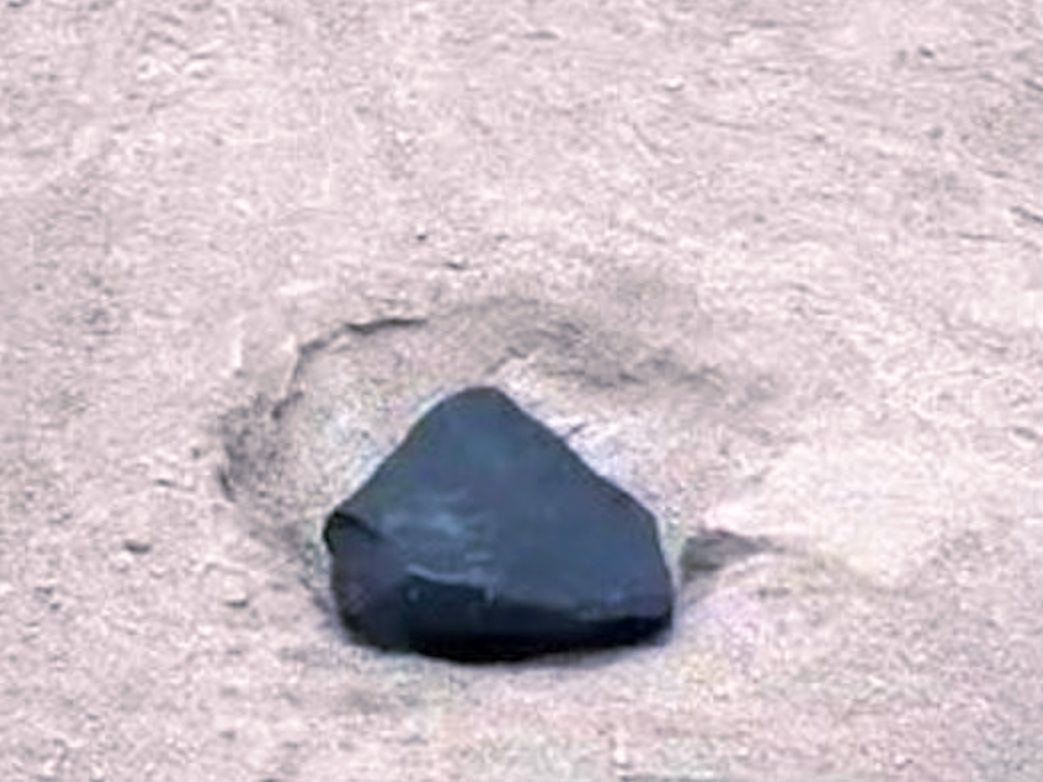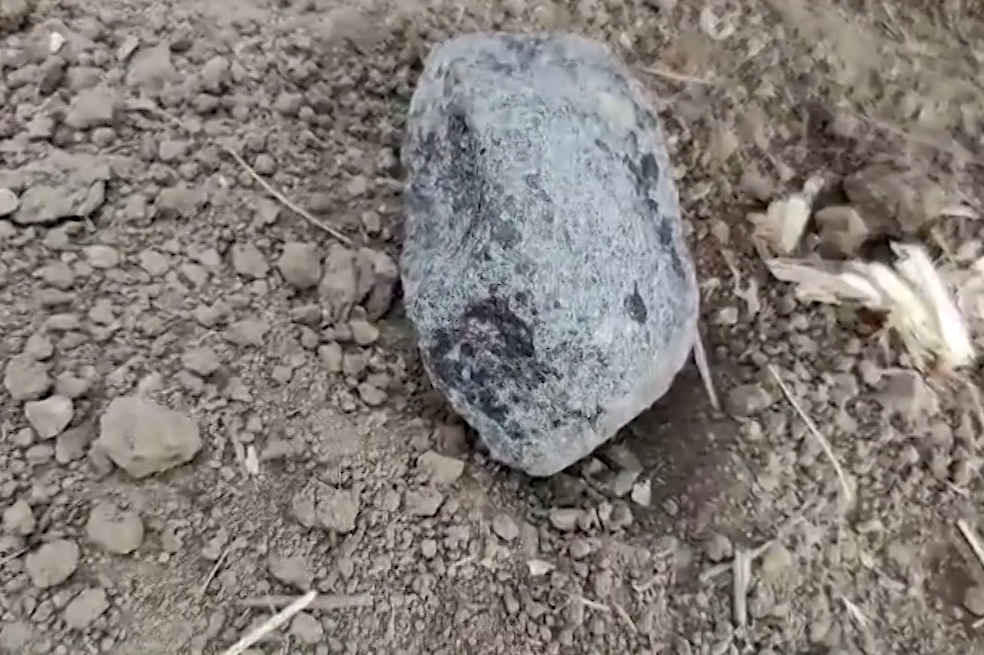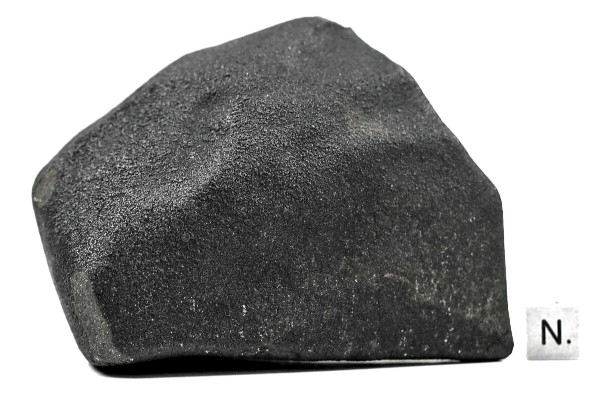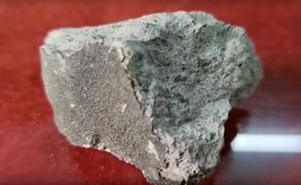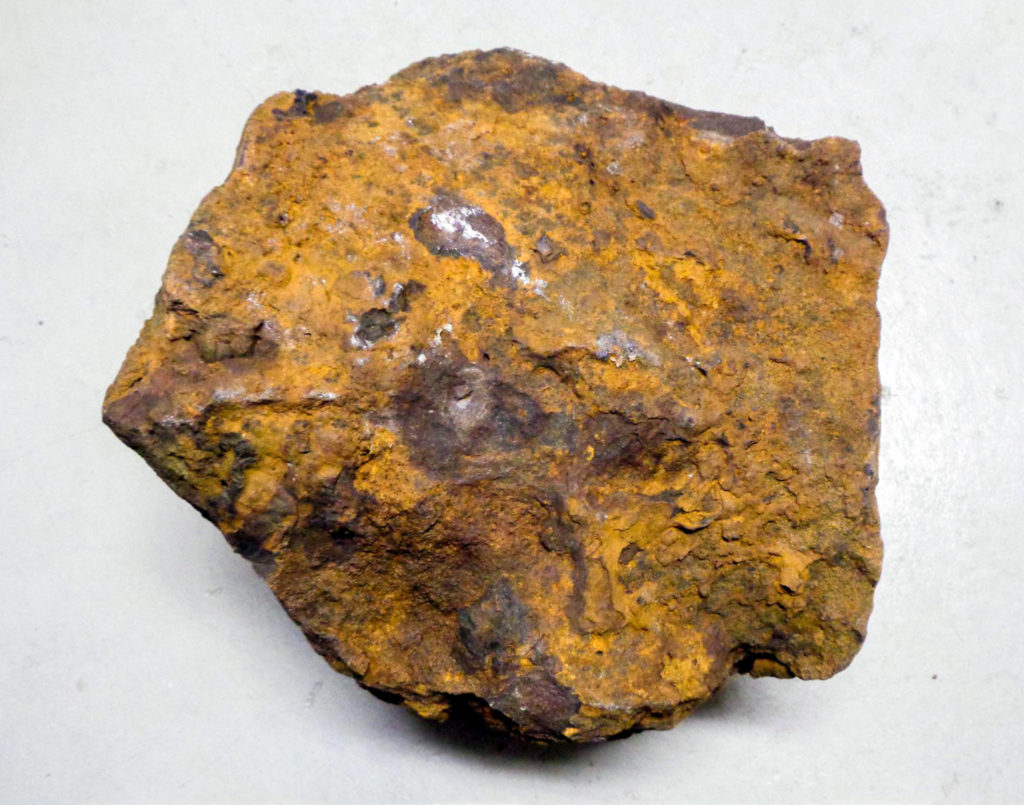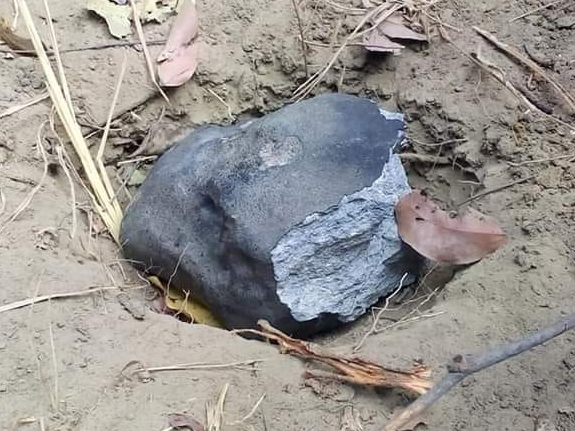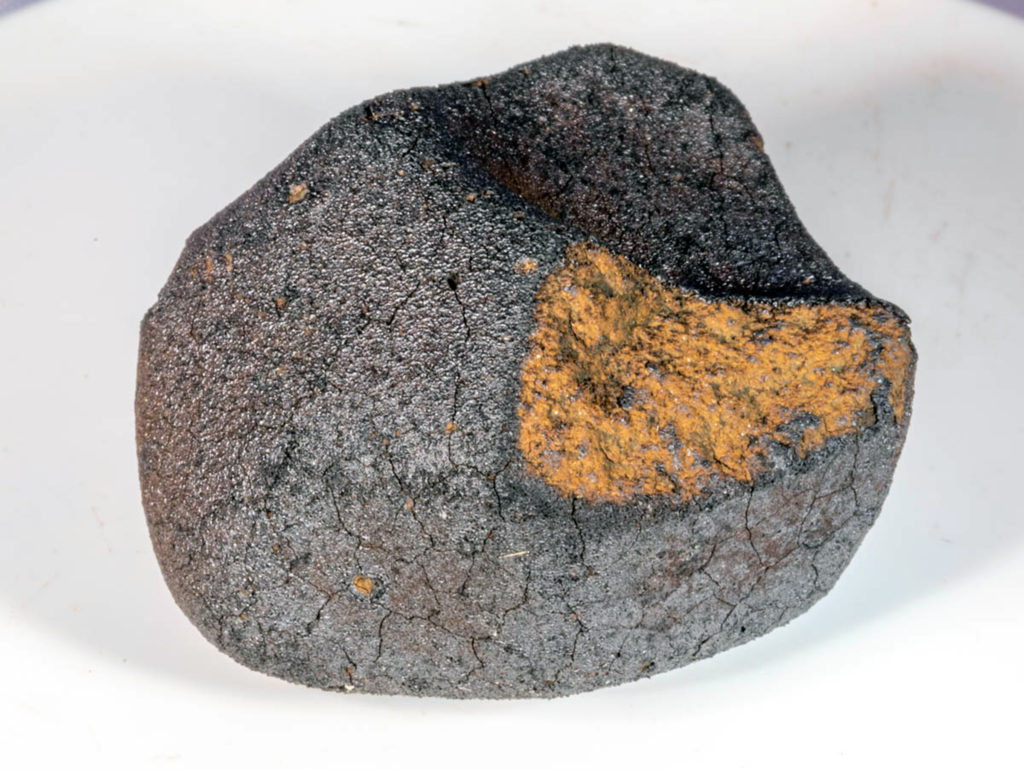Statistical chronometry of meteorites. I. A Test of 26Al homogeneity and the Pb-Pb age of the solar system’s t=0OPEN ACCESS
Steven J. Desch, Daniel R. Dunlap, Emilie T. Dunham, Curtis D. Williams, Prajkta Mane
Submitted to Geochimica et Cosmochimica Acta
Update (published in Icarus, 6 May 2023, with new title): LINK
“We use rapidly cooled achondrites to test the assumption of 26Al homogeneity in the solar nebula, by checking if there is a single value of tss, the absolute “Pb-Pb” age of the Solar System’s t=0, that makes concordant their ages from the Al-Mg and Pb-Pb systems. We find that values tss=4569.2 ± 0.24 Myr do make these ages concordant, and therefore the hypothesis of homogeneous 26Al is not falsified. […]”
• We re-evaluate and average data from the Al-Mg and Pb-Pb radiometric dating systems, for achondrites and chondrules, to attain better accuracy and precision in the time of formation of meteorites and meteoritic inclusions.
• We find substantial concordancy between the systems, provided the Al-Mg system in Ca-rich, Al-rich inclusions (CAIs) closed at a “Pb-Pb” age of 4568.7 ± 0.2 Myr ago, older than previous estimates, suggesting late resetting of the Pb-Pb system in CAIs.
“Astrophysical models of planet formation rely on accurate radiometric dating of meteoritic components relative to a time t=0, usually taken to be around the time of formation of Ca-rich, Al-rich Inclusions (CAIs). Because most CAIs formed with nearly identical (26Al/27Al)0 ratios, it is reasonable to assume 26Al was homogeneous in the solar nebula and to define t=0 as the time when 26Al/27Al = (26Al/27Al)SS = 5.23 x 10^-5. Measurement of (26Al/27Al)0 in other samples yields the time of their formation relative to t=0, Delta t. The Pb-Pb age of a sample, tPb, also can provide this relative time, as Delta t = tSS tPb, if one can quantify tSS, the Pb-Pb age of samples that achieved isotopic closure at t=0. Previous attempts to radiometrically date CAIs have led to estimates of tSS ranging from 4567.3 to 4568.0 Myr, and across this range the Al-Mg and Pb-Pb systems are left discordant in most samples. Heterogeneity of 26Al has been inferred as a results. Here we develop a statistical technique for finding the value of tSS, building on similar methodologies by Nyquist et al. (2009) and Sanborn et al. (2019). Based on combined Al-Mg and Pb-Pb ages of seven achondrites and four chondrules, we show that the Pb-Pb ages of objects formed at t=0 should be 4568.7 +/- 0.2 Myr. Adopting this Pb-Pb ages of CAIs reconciles the Al-Mg and Pb-Pb chronometers and for the most part removes any evidence for heterogeneity of 26Al. This value of tSS is ~1 Myr older than most previous estimates based on direct measurements of CAIs, but we demonstrate that transient heating events like those that melted CAIs and chondrules plausibly could have reset the Pb-Pb chronometer without disturbing the Al-Mg system in CAIs. We advocate chronometry using statistical averages of many samples, rather than using individual anchors, and for reporting dates relative to t=0 rather than absolute ages.”

